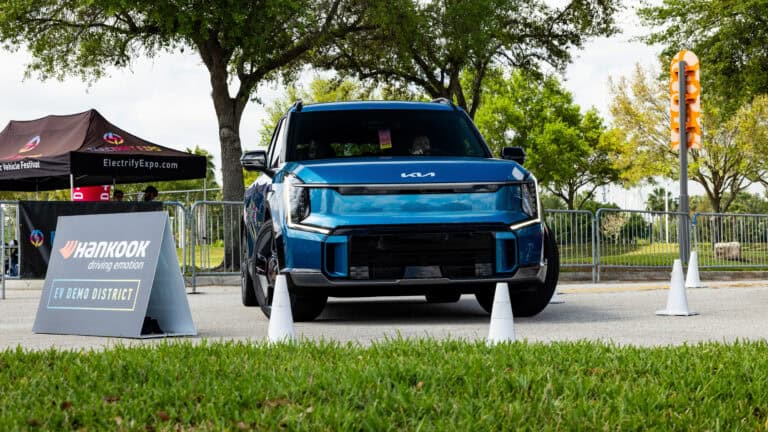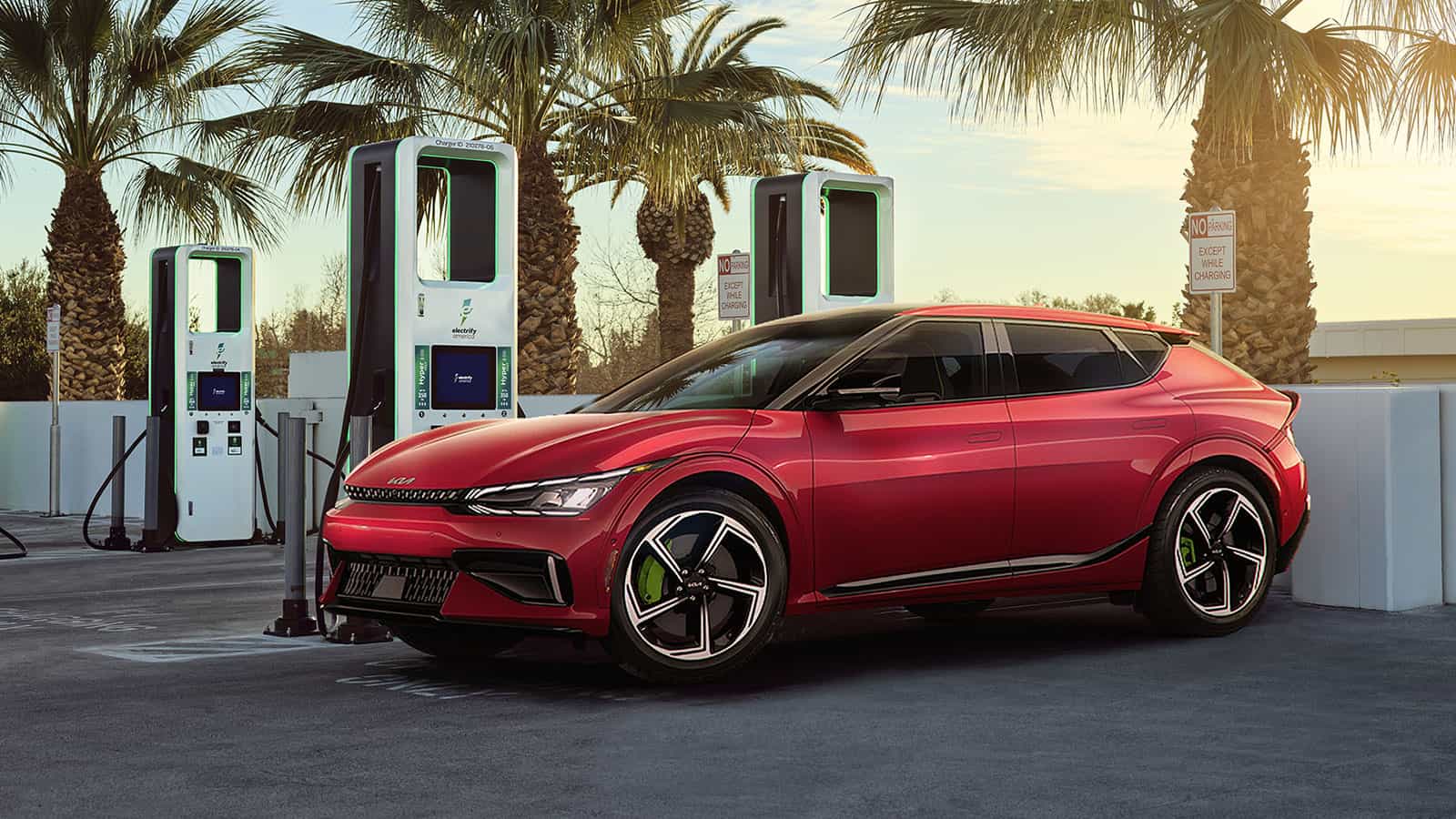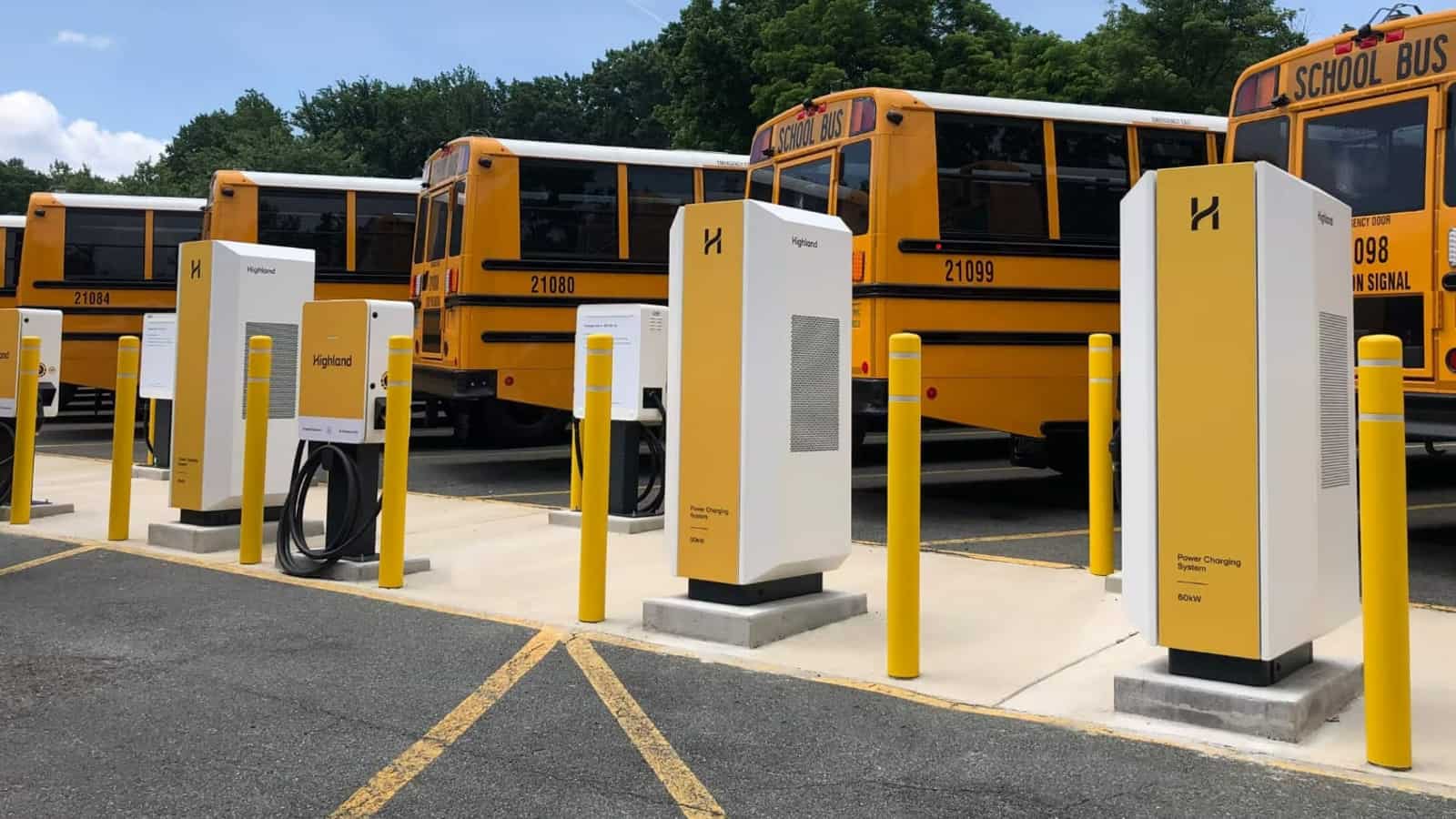California’s Angel Island Ferry Company has partnered with the Pacific Gas and Electric Company (PG&E) to create the state’s first zero-emission, electric propulsion short-route ferry.
The conversion of The Angel Island vessel marks an important milestone for PG&E’s Electric Vehicle (EV) Fleet Program, which is expanding its support of transportation electrification to include the marine sector. PG&E will support the electrification project by bolstering electricity transmission to the ferry terminal and installing charging infrastructure to help power the 59-foot, 400-passenger vessel for its ferry service, sunset cruises, and chartered events.
Green Yachts, a California-based company, has been selected to convert The Angel Island ferry to an electric propulsion vessel. The project is significant because the marine sector requires far more energy than other transport sectors to go the same distance, making it challenging to electrify boats. Basically, a semi truck needs 2 kWh of energy to go one mile, but a ferry like this one needs 30 kWh to go one mile.
However, PG&E says it is committed to providing easy-to-use and affordable clean transportation programs and incentives that help redefine the energy landscape to support California’s clean air and greenhouse gas emission reduction goals and collective action on climate change.
The partnership is essential for the project’s success, as Captain Maggie McDonogh, fourth-generation owner and operator of The Angel Island ferry explains: “Getting adequate electricity to our ferry terminal is an essential part of this plan. We could not move forward with going electric without the important support we receive as a participant in PG&E’s EV Fleet Program. It shows that PG&E supports small family-owned businesses like ours that are trying to reduce emissions.”
PG&E’s EV Fleet Program helps medium- and heavy-duty fleet customers install charging infrastructure via comprehensive construction support and financial incentives.
PG&E’s Climate Strategy Report outlines the company’s 2030 clean energy goals, which include proactively preparing the grid for 12,000 GWh of EV-related electric load, improving processes to enable rapid, safe EV energization and interconnection, and enabling two million EVs to participate in vehicle-grid integration applications. As part of its commitment to support commercial and residential EV customers, PG&E offers a wide variety of resources and programs.
The electrification of The Angel Island vessel aligns with PG&E’s stated core focus of proactively preparing the grid for the future, increasing access to charging infrastructure, and supporting electric transportation adoption through rates, rebates, tools, and education. The partnership with Angel Island Ferry represents a significant expansion of PG&E’s resources beyond land-based electric vehicles.

SOURCE | IMAGES: PRNEWSWIRE
FTC: We use income-earning auto affiliate links. Learn more.




























